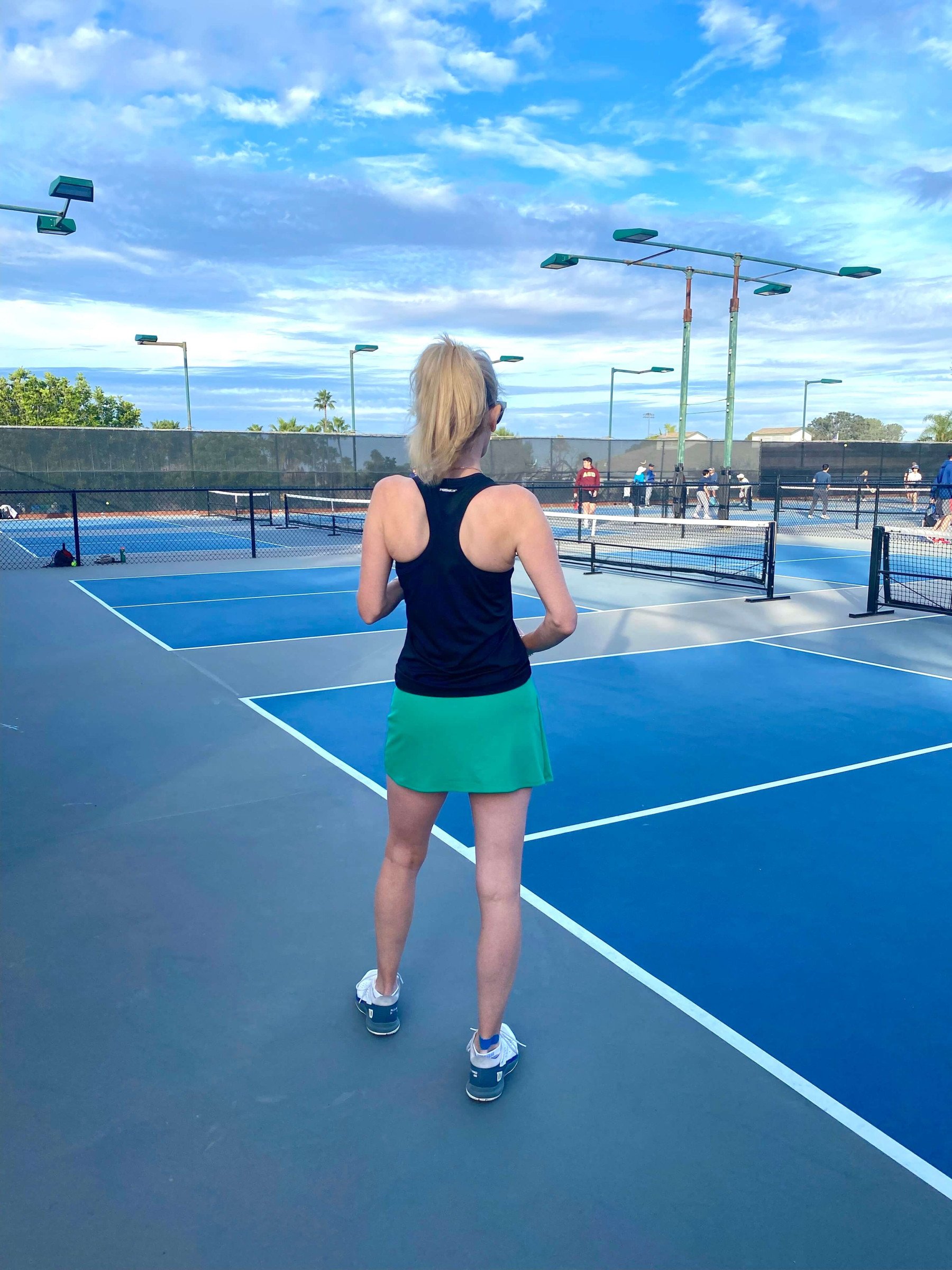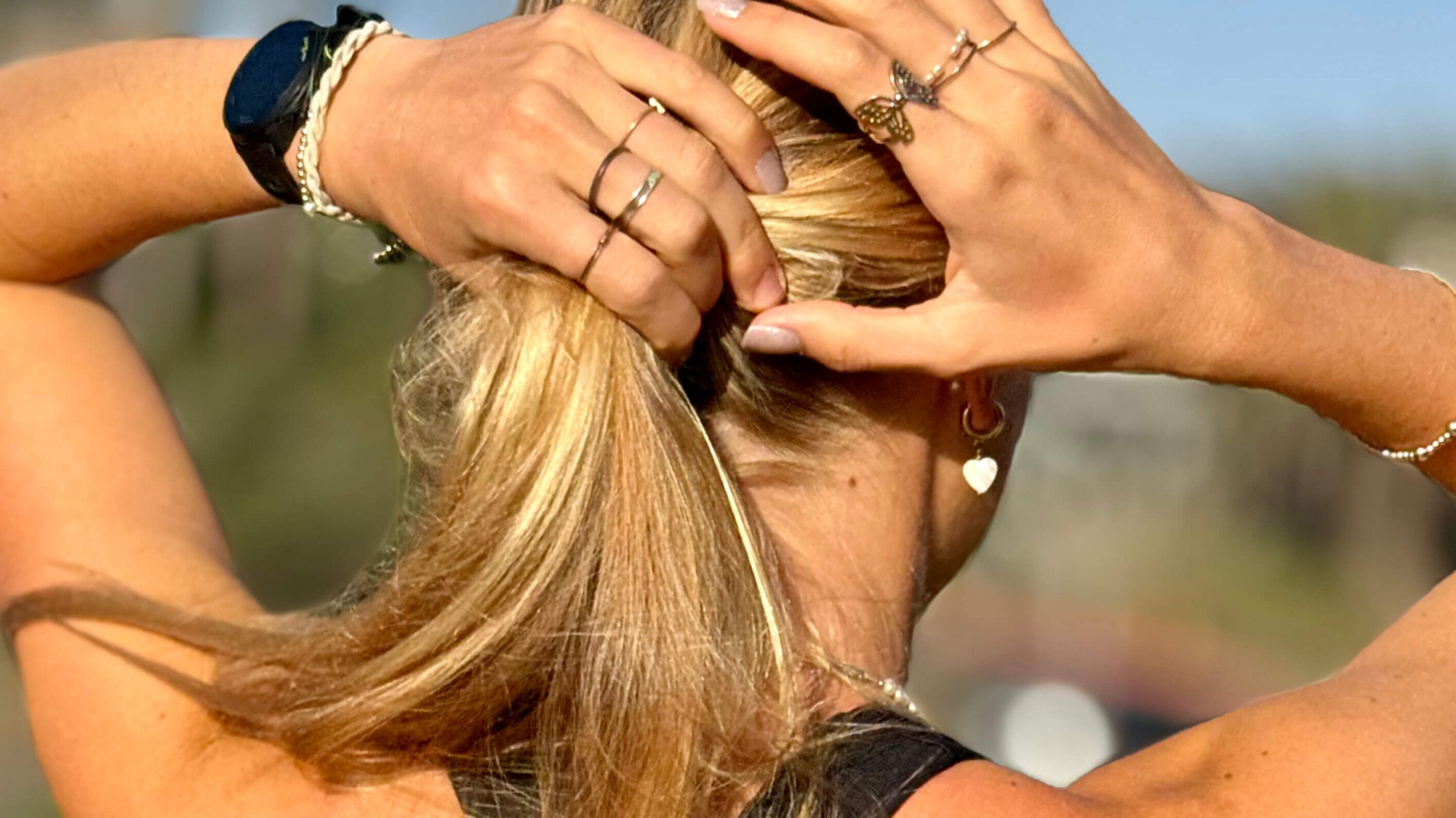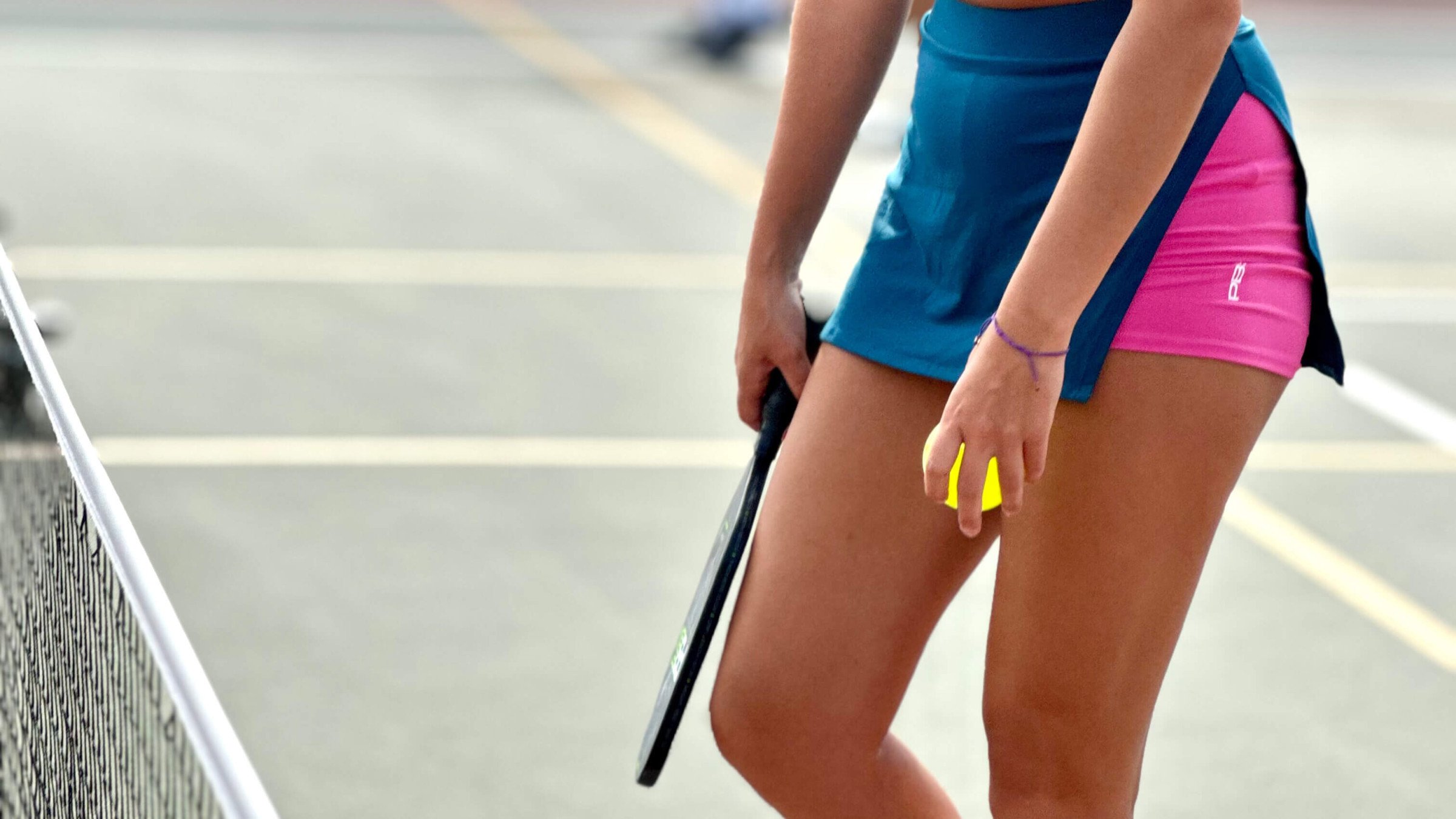Key takeaways:
While technically you can play pickleball in the rain, it’s not advised due to safety. The risks significantly outweigh any benefits.
Wet conditions can damage equipment - paddles may warp, pickleballs absorb water and become heavier, court shoes deteriorate faster, and grip tape becomes less effective.
Indoor alternatives are recommended during rainy weather, including dedicated pickleball facilities, community centers, tennis clubs, school gymnasiums, and temporary court setups.
Pickleball has surged in popularity, with courts in parks and recreation centers nationwide. But what happens when dark clouds roll in, and raindrops start to fall? Is it game over, or can you keep playing? The question becomes particularly relevant during seasons when unexpected showers can interrupt a perfect day on the courts. This PB5star article will discuss the full impact of rainfall on both safety and equipment.
Wet court considerations: Can you play pickleball in the rain?
The short answer: you shouldn't play pickleball in the rain.
While technically possible, playing pickleball in rainy conditions introduces significant risks that outweigh the benefits. Pickleball courts become extremely slippery when wet, creating a perfect surface for unexpected falls and injuries. The smooth court surface that allows for great ball bounce and foot movement during dry conditions becomes treacherously slick when rain enters the equation.
Water creates a thin film between your shoes and the court surface, drastically reducing traction. Even specialized athletic footwear designed for court sports won't provide adequate grip on wet pickleball courts. Those quick pivots, lunges, and lateral movements that make pickleball so fun become dangerous maneuvers on a rain-slicked surface.
Safety hazards: More than just a slip risk
Beyond the obvious slip-and-fall dangers, rain introduces several other safety concerns for pickleball players:
Reduced visibility can make tracking the ball difficult, especially during heavier rainfall. This impacts gameplay and increases the risk of getting hit by a ball you didn't see coming.
Lightning risk is perhaps the most serious concern. Since pickleball courts are typically in open areas, players are vulnerable to lightning strikes during thunderstorms. No game is worth risking your life - always seek shelter immediately if you hear thunder.
Temperature drops often accompanying rain can lead to muscle stiffness and reduced flexibility, making injuries more likely even if you maintain your footing on a wet court.
Water pooling in certain areas creates uneven playing conditions. These puddles make the ball unplayable when it lands in them and create additional trip hazards as players try to navigate around them.
Combining these factors significantly increases the likelihood of injuries beyond slips and falls.
Equipment wear and tear: How rain takes a toll
Playing pickleball in the rain isn't just uncomfortable—it can seriously damage your gear and potentially shorten its lifespan. Moisture exposure affects nearly every piece of equipment in different ways, often leading to costly replacements and compromised performance.
Paddles, especially those with wooden cores or components, can warp, delaminate, or develop mold when exposed to moisture
Pickleballs absorb water, becoming heavier and less responsive, which alters gameplay and can permanently damage the ball
Court shoes deteriorate faster when repeatedly exposed to water, breaking down the adhesives and materials
Grip tape becomes slippery and less effective when wet, potentially causing paddles to fly from your hand during swings
Water exposure can damage electronics like ball machines or scorekeeping devices
Court surfaces, particularly permanent installations, suffer accelerated wear and may develop cracks or uneven areas after repeated exposure to rain and standing water
Indoor pickleball court alternatives: Safe and dry
Thanks to the sport's growing popularity, there are more indoor options than ever to keep your game going when the weather doesn't cooperate. From dedicated facilities to community centers, here are some great alternatives to consider when looking for a dry place to play.
Indoor pickleball facilities are becoming increasingly common as the sport becomes more popular. These purpose-built spaces offer the best playing experience with proper lighting, flooring, and climate control.
Community centers and recreation facilities frequently convert basketball courts or multipurpose spaces for indoor pickleball. Check your local parks and recreation department's schedule for dedicated pickleball times.
Tennis clubs are increasingly adding pickleball, with many providing indoor court time during inclement weather.
School gymnasiums sometimes offer community pickleball hours during evenings or weekends, particularly during the rainy season.
Temporary court setups using portable nets can transform many indoor spaces into functional pickleball courts when outdoor play isn't possible.
Many facilities offer drop-in play or court rentals without requiring memberships, giving you flexible options when rain disrupts your regular games. As a bonus, you can enjoy indoor pickleball games, which add new dimensions to the sport.
FAQs: concerns about rainy day pickleball
How soon after rain can I play pickleball outdoors?
Wait until the court is completely dry. Even slightly damp courts can be dangerously slippery. Most courts will need several hours of sun and warm temperatures to dry thoroughly after a significant rainfall.
What if it's just a drizzle?
Even light rain creates slippery conditions. It's best to postpone your game or find an indoor alternative, as the risks remain significant even with minimal moisture.
Can I use special shoes to play in wet conditions?
No footwear can provide adequate traction on a wet pickleball court. Court shoes are designed to grip dry surfaces, and water fundamentally changes the friction dynamics regardless of tread design.
Will playing in rain damage public courts?
Yes. Water seeps into tiny cracks and crevices, and the freeze-thaw cycle can expand these imperfections over time. Playing on wet courts can accelerate this damage, particularly when combined with the pressure of players' movements.
What about covered outdoor courts during rain?
Covered courts can be a good option if they remain completely dry. However, wind can blow rain onto covered courts, creating partially wet areas that are particularly dangerous because they're harder to spot.
Play better, stay safe, and choose the right conditions
While the enthusiasm to play pickleball is understandable, playing in the rain isn't worth the risks to your safety and equipment. Instead of forcing a game in poor conditions, use rainy days to explore indoor venues or take a well-deserved rest day. There’s also the option of browsing our comprehensive resources at PB5star, so you can increase your pickleball knowledge without having to go outside!
The best pickleball experiences happen on dry courts, where you can focus on improving your game without worrying about slipping or damaging your equipment. By making smart choices about when and where to play, you'll enjoy this fantastic sport for years—injury-free and with lasting equipment.







